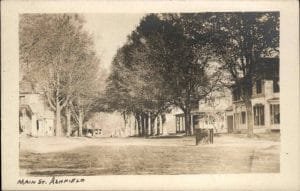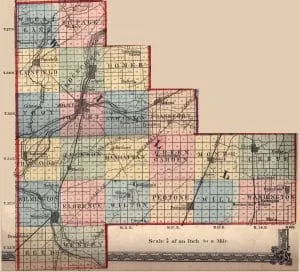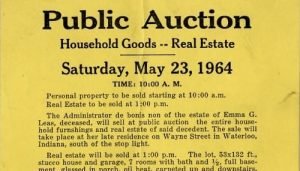Vital Records Extracted from John Dyer’s Journal
Vital record extracts from the Journal of John Dyer, of Dyerstown, Bucks County, Pennsylvania. These birth, marriage, and death records largely covered the families of Doyleston and the surrounding Bucks County, Pennsylvania for the years of 1763-1805. An invaluable resource for otherwise unpublished records. The original journal can be found at the Bucks County Historical Society Library.



















